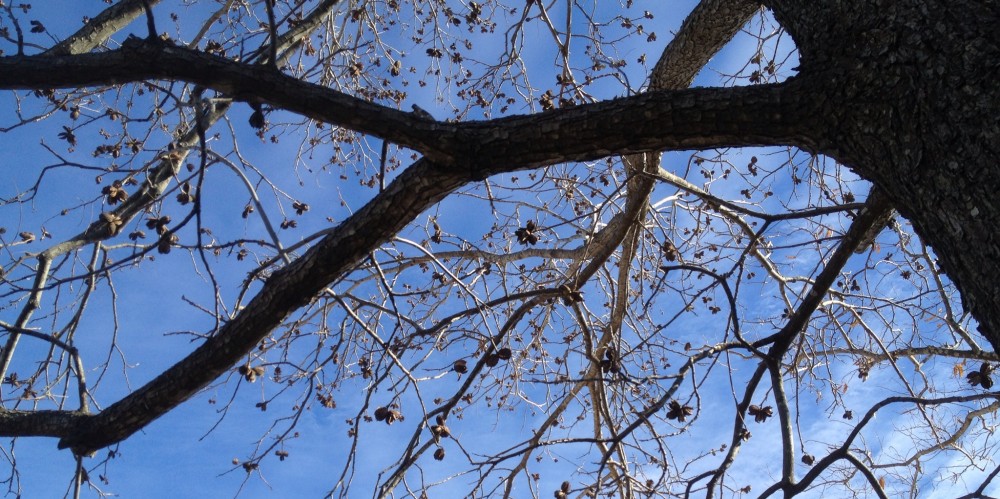Been fighting a bit of the flu. Had the shot, but this season’s flu seems to strike even those who have been stuck, though less severely – I hope. FLU stands for “Forlorn, Lost and Under the weather” – think of wet puppy and be kind to those so sadly afflicted.
So, it seems a good time to address the First Law of Thermodynamics. I am saying that in a big voice so that it echoes through the house: TTTThe FFFFirst LLLLaw of TTTThermodyamicS!S!S!S! . . . There, I feel better for having said it. Now, what does it mean? And, who cares?
The concept of “thermodynamics” resides in the perception that things run around, expend energy, are corralled and restore energy for another run. We see the sweat on the horses in the corral and see a relationship between heat and energy in how those horses behave – running, eating, resting and running some more. “Thermo” is the heat part of the word, and “dynamics” is the energy part. “Thermodynamics” is a way to say: “I see you heat and energy, but how do you relate?” What is the relationship between energy and those who use and lose it?
Giddyup – enter the First Law.
The First Law of Thermodynamics, for all its consonants and vowels, is a simple saying: The amount of energy in the universe, or an isolated system (say our corral), is a constant. In the corral, you can add energy by feeding and watering the horses hay. In the universe, you can’t add more energy, because the total amount is fixed – you got what ya got and you has to live with that.
But, how does anything get done?
Again, a simple saying: Energy changes. In our corral, we start with horses, water and hay; as the horses tire from running, we give them more hay and water, which they convert to running energy; but our isolated corral system has limited hay and water and is constantly losing energy in the form of heat and sweat to the outside environment, so the horses will stop running unless we add more energy in the form of more hay and water from outside the system. In the universe, there is no outside, there is no place to go to, no more to add. That’s it folks. That’s all there is.
So, what happens?
Einstein, Newton and those guys — those Big Heads stated in fancy equations of general applicability what we all see in the specific energies of daily life. We all see two kinds of energy: 1) active energy, activity or work (think Olympic gymnast); and 2) resting energy, mass or matter (think couch potato). Activity and mass are what make the universe go round, and round and round again. When you need some activity, you convert some mass to energy (throw another log on the fire); when you need some mass, you sit down, have a big meal and rest (the mass settles right in, along with the fliers from Weight Watchers). It’s a constant process of change that occurs continually in the entire universe: mass changing to energy and energy to mass and back again. The smaller isolated systems, like our corral, may run down from lack of hay, but the universe is big enough to just keep borrowing back and forth to keep the whole she-bang going on and on and on.
Recognizing this constant and continuing give-and-take, the First Law of Thermodynamics can also be stated as the Law of Conservation of Mass and Energy: The total amount of mass and energy in the Universe remains constant (it is conserved), merely changing from one form to another.
But, isn’t that perpetual motion?
Precisely, it appears to be so. You just keep moving back and forth from mass to energy and energy to mass. So, theoretically, the whole thing, the universe, should go on forever. The universe should never run down. Individual systems (our corral) may run down, but not the universe. It should be perpetual.
Are you sure?
I’m tired and need some rest. Perhaps, a little hot tea with honey, for energy.
But, will the universe, the big system, really never run down?
I’m running down. There are more laws of thermodynamics. Let me acquire some lost mass and we’ll talk more later.
Keep your energies up,
Grandpa Jim
